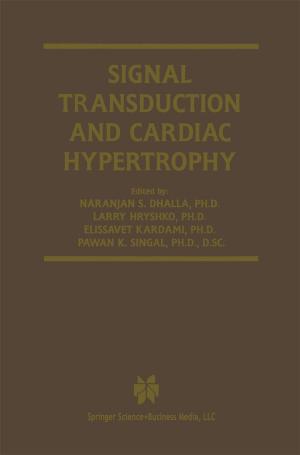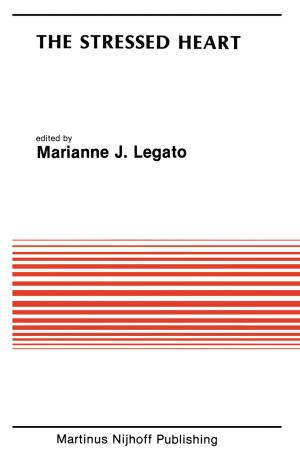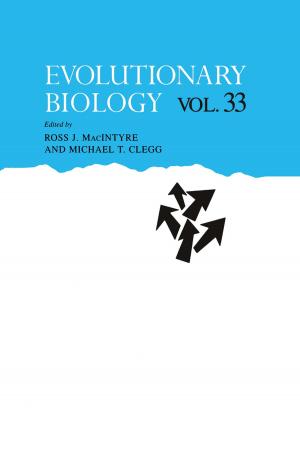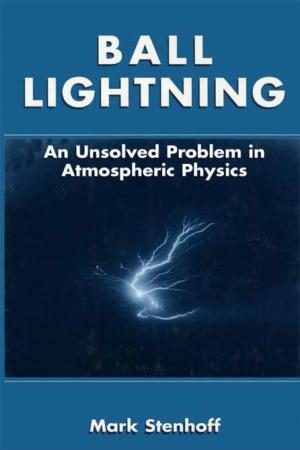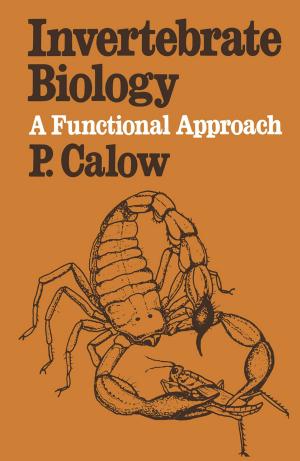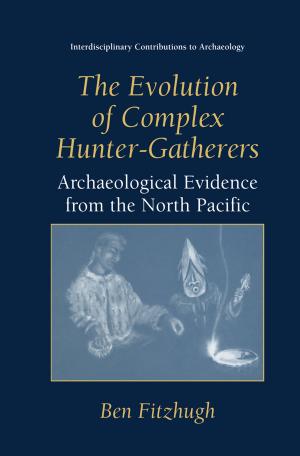From Kostenki to Clovis
Upper Paleolithic—Paleo-Indian Adaptations
Nonfiction, Social & Cultural Studies, Social Science, Archaeology, Anthropology, History| Author: | ISBN: | 9781489911124 | |
| Publisher: | Springer US | Publication: | June 29, 2013 |
| Imprint: | Springer | Language: | English |
| Author: | |
| ISBN: | 9781489911124 |
| Publisher: | Springer US |
| Publication: | June 29, 2013 |
| Imprint: | Springer |
| Language: | English |
From the American Side I went to the USSR for the first time in 1982 to attend the 11th meeting of the International Union for Quaternary research (INQUA) held at the Moscow State University. At that time relations between our two countries were anything but congenial and many restrictions were placed on our viewing the archaeological and paleontological collections and labora tory facilities. This was not the ideal climate for the free exchange of ideas needed for meaningful research. However, it was obvious to us that the strained relations did not extend to scientific discussions between scholars. We left that meeting well aware that if the problems of prehistoric Old World-New World relationships were to be resolved, it would eventually require cooperative research efforts within the world community of archaeologists. At that time, the pre-Clovis problem in New World archaeology was foremost in the minds of many North American researchers: tool technology and assemblages were being studied as a possible means of establishing cultural relationships across the Bering Strait, Clovis sites and mammoth kills were being looked at with new ideas for interpretation, and New World researchers realized that to resolve these questions they had to become familiar with the archaeological record of northeast Asia. A chance meeting of the writer with Olga Soffer in 1983 led to serious discussions of the sites on the Russian or East European Plain.
From the American Side I went to the USSR for the first time in 1982 to attend the 11th meeting of the International Union for Quaternary research (INQUA) held at the Moscow State University. At that time relations between our two countries were anything but congenial and many restrictions were placed on our viewing the archaeological and paleontological collections and labora tory facilities. This was not the ideal climate for the free exchange of ideas needed for meaningful research. However, it was obvious to us that the strained relations did not extend to scientific discussions between scholars. We left that meeting well aware that if the problems of prehistoric Old World-New World relationships were to be resolved, it would eventually require cooperative research efforts within the world community of archaeologists. At that time, the pre-Clovis problem in New World archaeology was foremost in the minds of many North American researchers: tool technology and assemblages were being studied as a possible means of establishing cultural relationships across the Bering Strait, Clovis sites and mammoth kills were being looked at with new ideas for interpretation, and New World researchers realized that to resolve these questions they had to become familiar with the archaeological record of northeast Asia. A chance meeting of the writer with Olga Soffer in 1983 led to serious discussions of the sites on the Russian or East European Plain.





